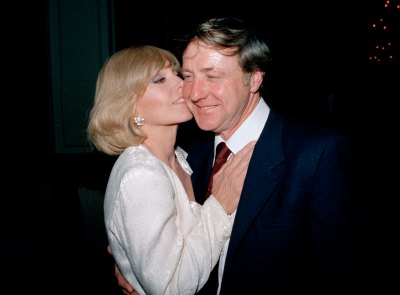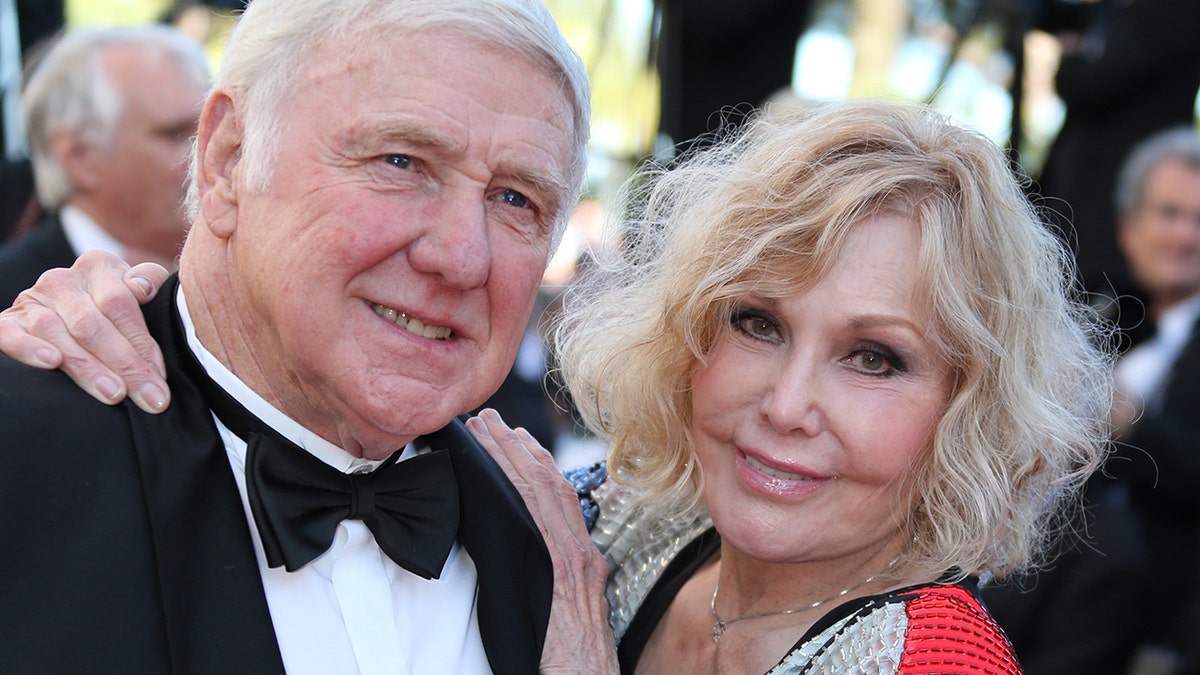Kim Novak: The Hollywood Legend’s Journey Beyond The Silver Screen
She mesmerized Hollywood’s most iconic leading men, from Jimmy Stewart and William Holden to Frank Sinatra and Kirk Douglas. After more than a decade as a leading lady, Kim Novak decided to step away from acting, choosing a life of art and poetry instead. Let’s dive into her incredible journey and explore how she transformed her life after Hollywood.
“Show business was fine, but it was also frustrating because you’re always compromising with someone else’s interpretation,” Kim Novak, star of director Alfred Hitchcock’s masterpiece Vertigo, exclusively shared with Closer Weekly. “It’s nice to think I will be remembered for more than just being an actress.”
Starting in the mid-1960s, the Chicago-born beauty, now 88, became a full-time visual artist and poet, only occasionally returning to acting. “Art is what saved me,” Kim reveals to Closer. Painting helped her cope with bipolar disorder and even soothed her grief over the recent loss of her husband of 44 years, Robert Malloy. Her new book, Kim Novak: Her Art and Life, published by The Butler Institute of American Art, is now available.
Read also:Meet Freda Paynes Exhusband Singer Gregory Abbott A Journey Through Love Music And Life
A Journey Through Art and Memories
How did your new book come about?
The Butler Institute approached me with the idea, and I was thrilled to share my art with the world. I feel like I have something special to offer. Painting isn’t about money for me; it’s about putting myself out there and sharing what I’ve learned over the years. This book is a way for me to open up and share my life, and it feels incredibly fulfilling.
Hollywood’s Influence on Her Art
Do you think your time in Hollywood influenced your art?
Sometimes, yes. Alfred Hitchcock was a huge influence because everything with him felt like a mystery. I love incorporating that sense of mystery into my work. I was fortunate to have worked with some incredible people who left a lasting impact on my life in show business.
Memorable Costars
Who were some of your favorite costars?
Jimmy Stewart stands in a league of his own. He was so natural and real, and we got along beautifully. Bill Holden was fascinating, too, though it’s unfortunate he struggled with alcohol. He was a good person at heart. I also adored Jeff Chandler, my costar in Jeanne Eagels. He was the kind of guy who, if you mentioned craving deli, would immediately suggest grabbing a pastrami sandwich. He was down-to-earth and relatable.
Read also:Dolly Partons Iconic Style A Journey Through Her Glamorous Outfits
Favorite Roles and Memorable Experiences
Do you have a favorite role?
I adored working on Picnic with Bill Holden. It was a story about ordinary, country people, and I cherished playing Madge. Of course, Vertigo holds a special place in my heart as well. Playing multiple characters resonated with me because I’ve always felt like I have many sides to my personality. Another favorite was Strangers When We Meet with Kirk Douglas. Richard Quine was an amazing director, and working with David Bowie in Just a Gigolo was unforgettable. He was truly a remarkable person.
Why She Left Hollywood
What caused you to leave acting?
I felt like I’d had enough. Surviving Hollywood was challenging. I enjoyed working with directors who allowed me to contribute creatively, but there were others who expected me to simply accept their vision without discussion. That wasn’t my style, and it made me uncomfortable.

Was there a final straw?
I’d been contemplating leaving for a year, but then a fire in Bel Air changed everything. I survived that, but the following year, mudslides destroyed my home. Watching everything I owned roll down the mountain was a turning point. It helped me decide what truly mattered and what I could leave behind.
Facing Bipolar Disorder
You’ve been open about being diagnosed with bipolar disorder.
I didn’t realize I was bipolar, but I knew I struggled with depression and frustration. Hollywood was incredibly stressful for me. While my acting work is appreciated today, the press wasn’t always kind back then. Art saved me, and it’s why I believe it’s so important to express yourself through painting or writing. It’s therapeutic and takes the edge off.
When were you first diagnosed?
I didn’t receive a bipolar diagnosis until I moved to Oregon, which was within the last 20 years.
How did being bipolar affect your work as an actress?
It was both a blessing and a curse. Being bipolar made me more expressive and emotionally deep, but it also made me overly sensitive. Negative energy on set could really throw me off. I had to work on closed sets to protect myself from that negativity, which made things challenging.
Processing Loss Through Art
Your husband Robert passed away in November. Has your art helped you process his loss?
Absolutely. He passed just before Thanksgiving, and I immediately began painting his portrait. People thought it might be too painful, but it wasn’t. Giving him that little smile in the painting reminded me of his wonderful sense of humor. Through art, I felt like he was right there with me in the studio.
The Secret to a Happy Marriage
You were married for 44 years. What was your secret to a happy marriage?
Bob’s sense of humor was key. We also shared a deep love for animals and would ride our Arabian horses together. My first marriage didn’t quite work out, but Bob and I had so much in common. It was a perfect match.
Advice for Finding Happiness
Do you have any advice for people about finding happiness?
To be happy, you need to know yourself. Understand what truly makes you happy or sad, what makes you laugh or cry. Pay attention to those feelings, and they’ll guide you toward what’s right for you. It’s all about putting the pieces of the puzzle together.
What’s Next?
What is next for you?
I feel like I’m on a great path and want to stay true to it. I’m incredibly proud of my artwork. While I no longer have my life partner to share it with, I have the entire world to share my art. I’m not lonely in the same way others might be.
— Reporting by Katie Bruno
For more on this story, pick up the latest issue of Closer magazine, on newsstands now.
Article Recommendations


